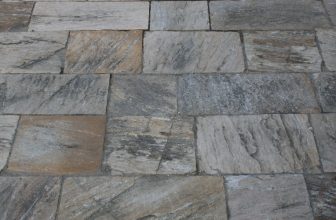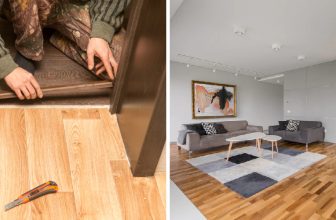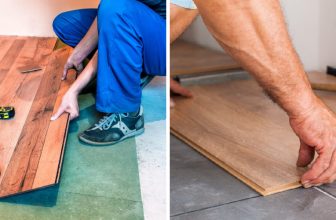How to Protect Hardwood Floors From Scratches
Having hardwood floors can give any home an incomparable classic beauty and sophistication. Not only are they aesthetically pleasing, but they also add quality and value to the home as well. However, your beautiful hardwood floor is susceptible to everyday hazards such as scratches and dents from moving furniture, pets and kids running around – all these can quickly ruin even the finest quality wood.
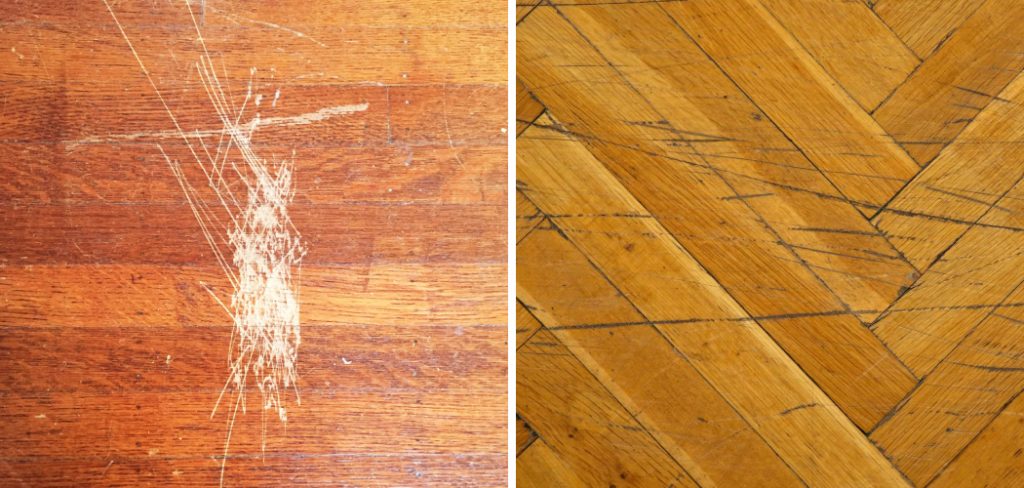
The good news is there are simple precautions you can take to protect your precious investment from damage. In this blog post on how to protect hardwood floors from scratches, we’ll be discussing some easy steps that you can follow to ensure that your hardwood floors stay pristine in the years ahead!
Needed Materials
Given below are the materials you’ll need to protect your hardwood floors from scratches:
Floor Protectors:
These are small pads or caps that can be attached to the bottom of furniture legs. They act as a barrier between your furniture and the floor, reducing friction and preventing scratches.
Area Rugs:
Placing area rugs in high-traffic areas such as hallways, entryways, and living rooms can prevent scratches caused by everyday foot traffic. Just make sure to use a non-slip rug pad to avoid any slipping accidents!
Door Mats:
Placing doormats at the entrance of your home can help reduce the amount of dirt and debris being tracked into your house, which can cause scratches on hardwood floors.
10 Step-by-step Guides on How to Protect Hardwood Floors From Scratches
Step 1: Clean the Floors
Before you begin placing any protectors, make sure your floors are clean. Sweep, vacuum or dust mop to remove all dirt and debris as these can cause scratches on the floor. It’s also essential to clean any spills or accidents immediately.

It is advised to use hardwood floor cleaners for regular cleaning. If you have a wax finish on your floors, consider using a hardwood floor vacuum as it is gentle and effective. But avoid using steam cleaners or excessive water, as it can damage the wood.
Step 2: Lift Furniture Instead of Dragging
When moving furniture, avoid dragging it across the floor as this can cause deep scratches. Always lift and carry it to the desired location. It’s also best to ask for help when moving heavy pieces of furniture. It will not only make it easier but also reduce the risk of damage to your floors! This is the best way to prevent scratches from furniture. If you have to move your furniture regularly, consider investing in furniture sliders.
Step 3: Attach Floor Protectors
As mentioned earlier, floor protectors act as a barrier between your furniture and the floor. They are available in different sizes and materials such as felt, rubber or plastic. Make sure to attach them to all furniture legs that come into contact with the floor. Otherwise, even the smallest of movements can leave scratches over time. It’s also essential to replace them regularly as they can wear out.
Step 4: Place Rugs in High-Traffic Areas
Placing area rugs in high-traffic areas can prevent scratches caused by foot traffic. Opt for rugs with a low pile, as they are less likely to trap dirt and debris that can cause scratches. But make sure to avoid rugs with a rough or rubber backing as they can also damage the floors. It’s also essential to clean and vacuum the area rug regularly to prevent any dirt from getting underneath it.
Step 5: Use Non-Slip Rug Pads
To keep your area rugs in place and avoid any slipping accidents, use non-slip rug pads underneath them. These pads also provide an extra layer of protection for your floors. It’s best to choose a pad made from natural materials such as rubber, felt or a combination of both. Avoid using any pads with adhesives as they can leave residue on the floor. This is a simple yet effective way to protect hardwood floors from scratches.
Step 6: Remove Shoes Indoors
Encourage family members and guests to remove their shoes before entering the house. This will prevent dirt, gravel, and other debris that can cause scratches from being tracked onto your hardwood floors.
You can place a shoe rack or basket near the entrance for convenience. It’s also a great way to keep your floors cleaner for longer! But if you have young children or pets, this may not be possible. In that case, make sure to clean their paws or feet before they enter the house.
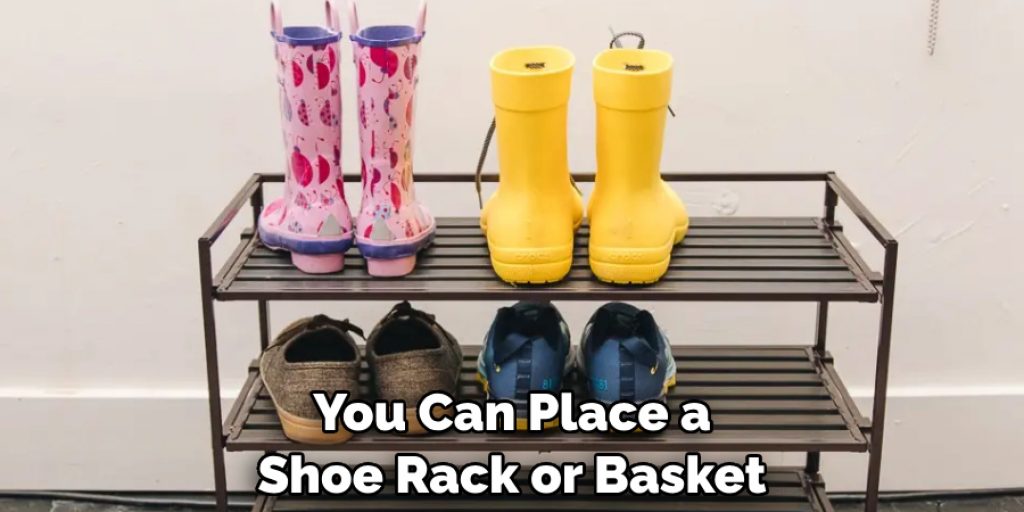
Step 7: Trim Your Pet’s Nails
Pets can be a significant cause of scratches on hardwood floors, especially when they have long nails. Make sure to trim your pet’s nails regularly to avoid any accidental damage to the floor.
But if your pet is resistant to having their nails trimmed, consider using nail covers or rugs in areas where they frequent the most. It’s also essential to clean up any accidents immediately to prevent any damage. It may seem like a lot of work, but it will save you the trouble of costly repairs in the future!
Step 8: Use Furniture Blankets When Moving
If you need to move furniture around, use furniture blankets or old towels underneath them to avoid any scratches on the floor. It’s also a good idea to use these protective covers when doing any home renovations or repairs. It may take some extra time, but it will be worth it in the end. This is especially important if you have hardwood floors in multiple rooms.
Step 9: Sand and Refinish
If you notice deep scratches or damage on the floor, it’s best to sand and refinish that area. This will not only repair the scratches but also give your floors a fresh new look. Although it may seem like a daunting task, with the right tools and techniques, you can do it yourself. Just make sure to follow the instructions carefully and take your time! But if you’re not confident in doing it yourself, consider hiring a professional.
Step 10: Regular Maintenance
Finally, make sure to regularly maintain and clean your hardwood floors. This will help prevent any build-up of dirt and debris, ultimately protecting your floors from scratches. Always use manufacturer-recommended cleaning products and techniques. Avoid using any harsh chemicals or excessive water, as it can damage the wood. With proper maintenance, your hardwood floors will remain beautiful for many years to come!
Following these simple steps on how to protect hardwood floors from scratches will help ensure that your hardwood floors stay beautiful and scratch-free for years to come. With proper protection and maintenance, you can enjoy the elegance and durability of hardwood floors without worrying about scratches and damage.
How Much Could It Cost?
The cost of protecting your hardwood floors from scratches will vary depending on the methods and products you choose. Some options, such as regularly maintaining and cleaning your floors, may not cost much at all. However, investing in furniture sliders or non-slip rug pads may have a higher upfront cost.
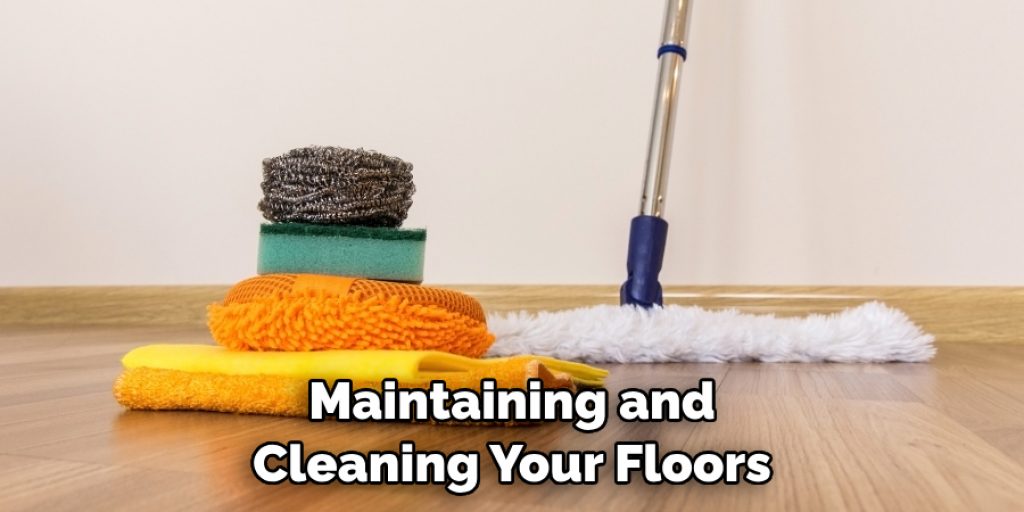
If you do need to sand and refinish your floors, it can range anywhere from a few hundred dollars to a couple thousand, depending on the severity of the damage and the size of your floors. It’s always best to get quotes from multiple professionals and compare prices before making a decision.
In the long run, investing in protecting your hardwood floors from scratches can save you the cost of having to repair or replace them in the future. So, it’s worth considering these methods and products to ensure the longevity of your floors. So, don’t wait any longer – start protecting your hardwood floors today!
Tips for Preventing Scratches
Apart from using the materials mentioned above, here are some additional tips to keep your hardwood floors in pristine condition:
- Avoid Wearing Shoes With Hard Soles or High Heels on Hardwood Floors.
- The Place Felt Pads Under All Furniture Legs and Replace Them Regularly as They Wear Out.
- Keep Your Pets’ Nails Trimmed to Prevent Scratches Caused by Their Paws.
- Use a Soft-Bristled Broom or Vacuum for Regular Cleaning to Avoid Any Abrasive Scratches.
Wipe Up Any Spills Immediately With a Soft Cloth to Prevent Staining and Damage to the Floor.
Frequently Asked Questions
Q1. How Can I Remove Scratches From Hardwood Floors?
A1. Minor scratches can be easily removed by using a hardwood floor cleaner and a soft cloth. Deeper scratches might require professional refinishing. It’s recommended to seek advice from a hardwood floor specialist before attempting to remove any scratches.
Q2. Can I Use Rugs With Rubber Backing on Hardwood Floor?
A2. While rugs with rubber backing may seem like a good idea to prevent slipping, the rubber can cause discoloration and damage to the floor over time. It’s best to use non-slip rug pads instead.
Q3. Does Sunlight Cause Scratches on Hardwood Floors?
A3. Direct sunlight can cause fading and discoloration of hardwood floors, but it does not directly cause scratches. However, if the floor is already damaged by UV rays, it may appear more susceptible to scratches.
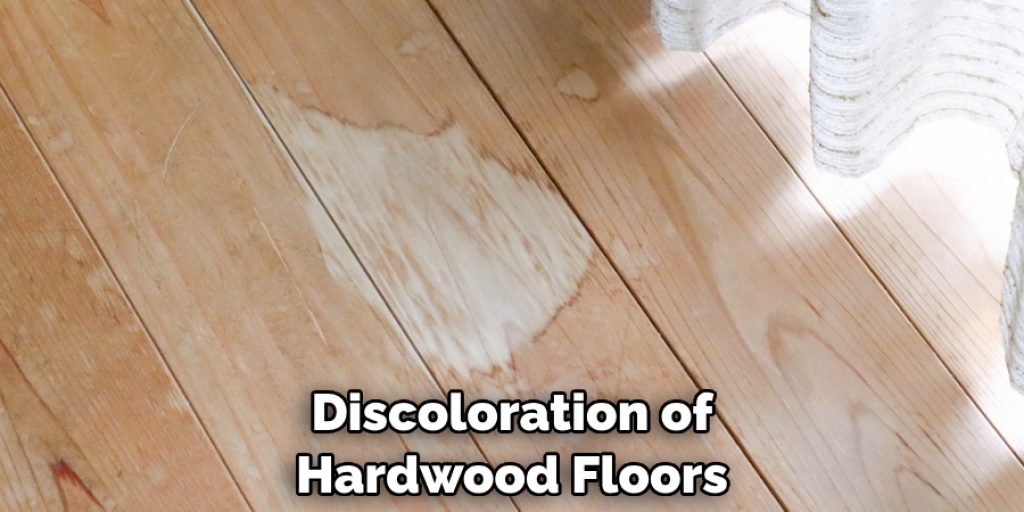
Q4. How Often Should I Refinish My Hardwood Floors?
A4. On average, hardwood floors should be refinished every 8-10 years, depending on the amount of foot traffic and wear and tear they receive. However, regular maintenance and preventative measures can extend the lifespan between refinishing.
Conclusion
Protecting hardwood floors from scratches is crucial in maintaining their beauty and longevity. Taking the time to use protective coverings on furniture, vacuum regularly, clean with a non-alkaline neutral pH cleaner, and educate family and friends about how to maintain the floor can make a world of difference. Regular maintenance will keep your hardwood looking like new for many years to come.
Moreover, these steps on how to protect hardwood floors from scratches are an investment going forward that can assist you in avoiding expensive repair or replacement costs down the line. Ultimately, taking the extra steps necessary to protect hardwood floors from scratches is well worth it!

